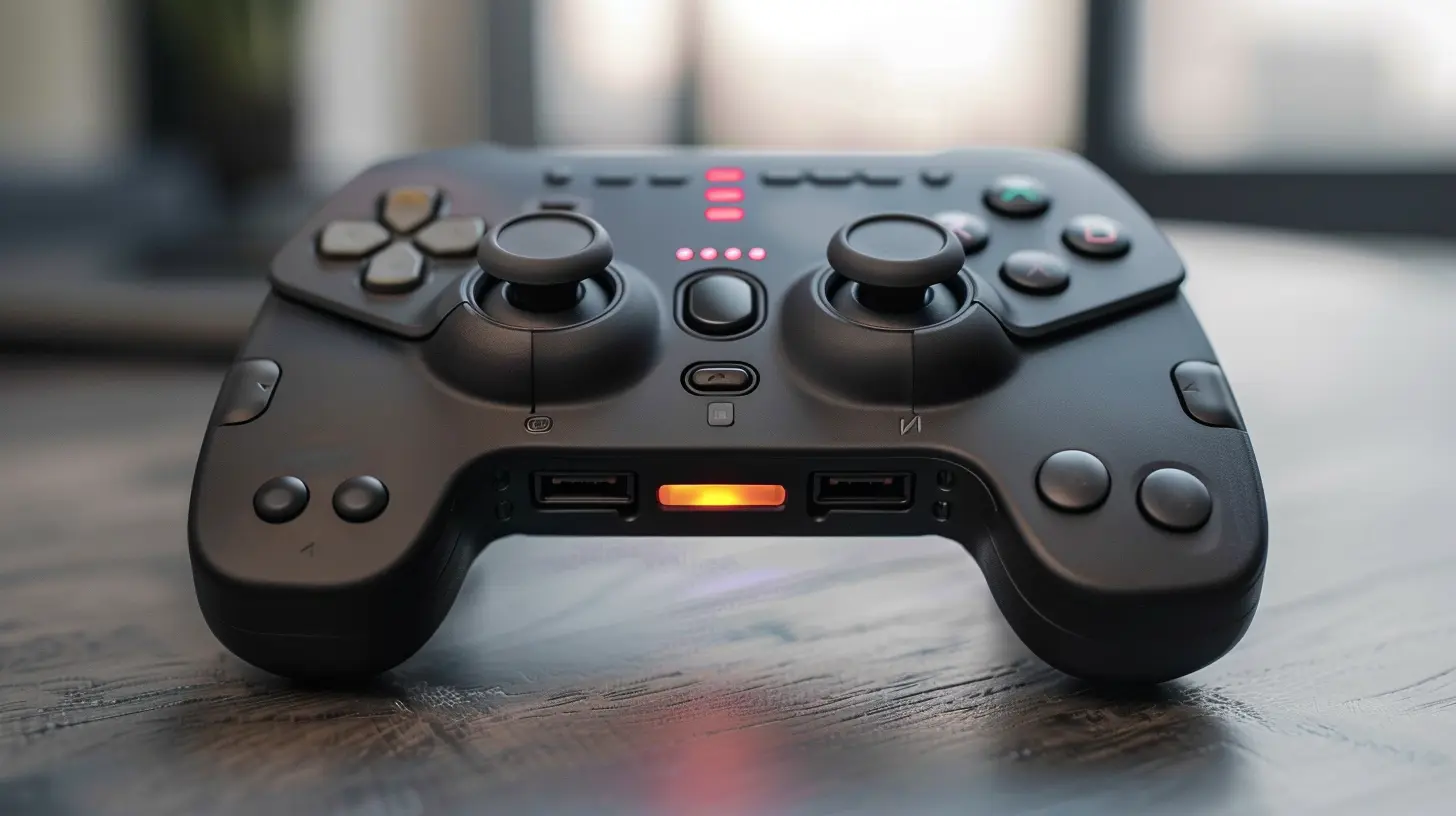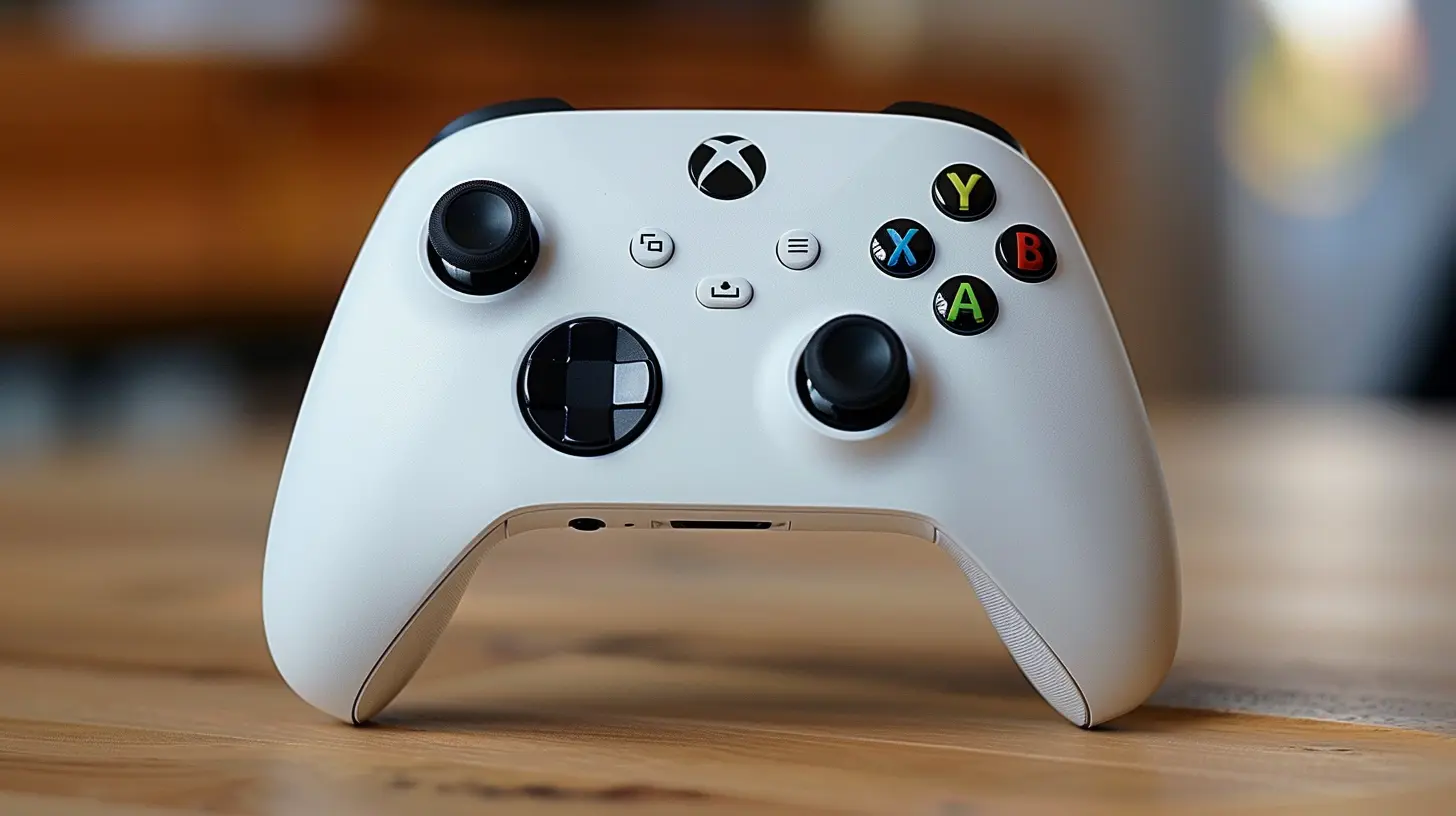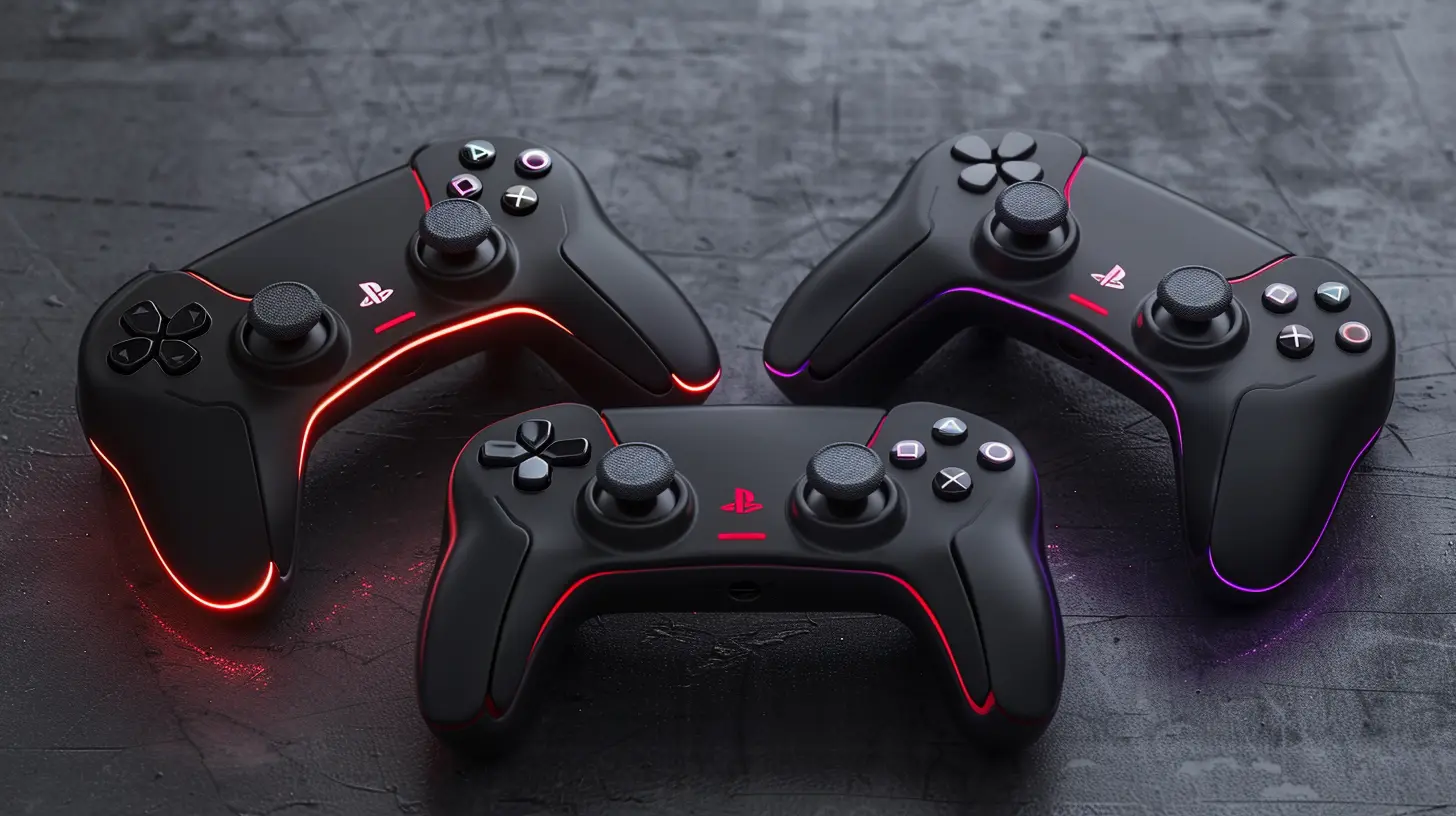How Haptic Feedback Enhances Your Gaming Controller Experience
30 April 2025
When you think about gaming, what comes to mind first? Immersive graphics, epic storylines, or maybe heart-pounding soundtracks? While those are all essential, one feature often flies under the radar yet plays a massive role in how connected you feel to the game: haptic feedback. This next-level tactile technology has been transforming gaming controllers into tools that don’t just help you play but let you feel the experience.
Let’s dive into the nitty-gritty of haptic feedback, how it works, and why it’s one of the most game-changing (pun intended) innovations in controller technology.
What is Haptic Feedback?
Alright, let’s break it down. Haptic feedback is that vibration or tactile sensation you feel when interacting with a device, like when your phone buzzes in your pocket. In gaming controllers, it’s used to simulate physical sensations—like the recoil of a gun, the rumble of an engine, or even the patter of raindrops.It’s not just about your controller shaking randomly; it’s about delivering precise and immersive feedback that connects you to what’s happening on-screen. Think of it like a handshake between you and your game. Cool, right?
From Rumbles to Precision: The Evolution of Controller Feedback
Before we had today’s fancy haptic feedback tech, gaming controllers were pretty basic. Let’s roll back the clock a bit.The Early Days
Remember the iconic Nintendo 64 Rumble Pak? Back then, we were thrilled to feel a clunky vibration when Mario stomped on a Goomba or when your kart spun out in "Mario Kart." Sure, it was simplistic, but it was also revolutionary at the time. It added a layer of immersion that made gaming feel, well, more alive.Enter the DualShock Era
Sony’s PlayStation controllers took things to the next level with the introduction of DualShock. Suddenly, feedback became part of the story. Whether you were navigating a bumpy road in "Gran Turismo" or taking damage in "Metal Gear Solid," the vibrations felt more intentional—immersive, even.The Modern Age: Advanced Haptics
Fast forward to now, and we’ve got systems like the DualSense controller for the PS5, which has raised the bar to unprecedented levels. We’re not just talking about vibrations anymore; we’re talking about tactile sensations so precise they can mimic everything from pulling a bowstring to skidding on ice. It’s like the difference between watching a movie in standard definition versus 4K HDR—you didn’t know you needed it until you tried it.
How Haptic Feedback Works (Without Getting Too Technical)
Okay, let me geek out for a second. Haptic feedback uses small motors (called actuators) inside the controller to create vibrations and sensations. These actuators can vary in intensity, frequency, and location, allowing for an astonishingly wide range of effects.Take the PS5 DualSense as an example. It uses dual actuators instead of traditional rumble motors. This means developers can program insanely detailed effects—like feeling the tension of a rope as it stretches or experiencing the thud of raindrops landing on your in-game umbrella. The controller essentially “translates” what’s happening visually into something you can physically feel.
But it’s not just Sony leading the charge. Devices like the Xbox Elite Wireless Controller Series and Nintendo Switch’s Joy-Con also utilize haptic feedback to make your games come alive. The more precise the haptics, the deeper your immersion. Simple as that.
Why Haptic Feedback Makes Games More Immersive
Imagine playing your favorite racing game. You’re pushing the pedal to the metal, and as your tires hit the gravel, you don’t just see it—you feel it. That’s the magic of haptic feedback. It bridges the gap between the virtual and the physical, making gameplay richer and more engaging.1. It Adds Realism to Gameplay
Picture this: you're playing an open-world RPG. You're galloping on horseback across a cobblestone path. As the horse’s hooves hit the ground, you feel tiny rumbles with each step. Then, you cross a wooden bridge, and the vibration subtly changes. These details might sound small, but they add a whole new layer of realism.2. It Heightens Emotional Impact
Feeling the intensity of a heartbeat or the rumble of an impending explosion amps up the emotional stakes. It’s one thing to see a massive boss stomp toward you, but to actually feel the ground shake beneath your fingertips? Now that’s some next-level immersion.3. It Improves Gameplay Feedback
Ever missed a quick-time event because you weren’t paying attention? Haptic feedback can act as a physical cue, letting you know when to jump, shoot, or counterattack. It’s like a gentle nudge on your shoulder saying, “Hey, don’t miss this!”Games That Nail Haptic Feedback
Not all games are created equal when it comes to haptics, but some absolutely nail it. Here’s a shortlist of titles that elevate haptic feedback to an art form:- "Astro’s Playroom" (PS5): This game feels like a tech demo specifically designed to show off the DualSense’s haptic capabilities—every step, jump, and gust of wind is brought to life in stunning detail.
- "Call of Duty: Black Ops Cold War" (PS5): The adaptive triggers simulate actual weapon recoil, making each gun feel unique.
- "Forza Horizon 5" (Xbox): The subtle vibrations from the Xbox’s haptics make you feel every turn, crash, and skid in glorious fashion.
- "The Legend of Zelda: Breath of the Wild" (Switch): While subtler than others, the Joy-Con haptics do a great job of immersing you in puzzles and battles.
If you haven’t tried these games with a haptic-enabled controller, you’re seriously missing out.
The Future of Haptic Feedback in Gaming
Haptic feedback isn’t just about making your controller buzz; it’s paving the way for a more interactive and immersive future in gaming. With VR (virtual reality) and AR (augmented reality) on the rise, the demand for even more detailed tactile feedback is skyrocketing. Pretty soon, we might see haptic suits or gloves that pair with controllers, adding another layer to what we can feel in games.Moreover, as game developers continue to experiment, we might see haptics being used in ways we haven’t even imagined yet. Imagine feeling ripples in water as a giant sea creature approaches or the weight of an object as you carry it. The possibilities are endless, and honestly? It’s an exciting time to be a gamer.
Is It Worth the Hype?
So, is all this haptic feedback talk just marketing mumbo jumbo, or does it actually make a difference? Spoiler alert: it does. It might not make or break a game, but it undeniably enhances the experience. It’s like having surround sound—you don’t realize what you’re missing until you try it.If immersive gameplay is your thing (and who doesn’t love that?), investing in a controller with high-quality haptics is a no-brainer. Trust me, once you feel the difference, there’s no going back.
Final Thoughts
Haptic feedback is more than just a gimmick. It’s a game-changer that adds realism, excitement, and immersion to your gameplay. Whether you’re dodging explosions, driving at breakneck speeds, or exploring uncharted lands, haptics make sure you’re not just playing the game—you’re living it.With technology advancing at lightning speed, who knows what’s next? One thing’s for sure: gaming controllers are no longer just tools for pressing buttons. They’re gateways into the worlds we love to escape to.
all images in this post were generated using AI tools
Category:
Gaming AccessoriesAuthor:

Tina Fisher
Discussion
rate this article
3 comments
Caroline Lane
Haptic feedback truly transforms gaming, immersing players in vibrant worlds! It deepens our connection to the game, making every moment unforgettable. Game on!
May 11, 2025 at 4:55 PM

Tina Fisher
Thank you for your insights! Haptic feedback indeed elevates immersion and connection, making gaming experiences truly memorable. Game on!
Veronica McCloud
Haptic feedback truly transforms gaming by deepening immersion, making every action feel more meaningful and engaging.
May 10, 2025 at 3:06 AM

Tina Fisher
Thank you! Haptic feedback indeed elevates the gaming experience, providing a tangible connection to the game world that enhances immersion and engagement.
Nellie Torres
Haptic feedback truly elevates gaming by providing immersive sensations that enhance gameplay. The subtle vibrations and tactile responses allow players to feel every impact and nuance, making experiences more engaging. It’s a game-changer that bridges the gap between the virtual and physical worlds, enriching overall enjoyment.
May 1, 2025 at 4:33 PM

Tina Fisher
Thank you! I completely agree—haptic feedback truly transforms gaming, making every moment more visceral and engaging. It's a powerful tool that deepens the connection between players and their virtual experiences.



